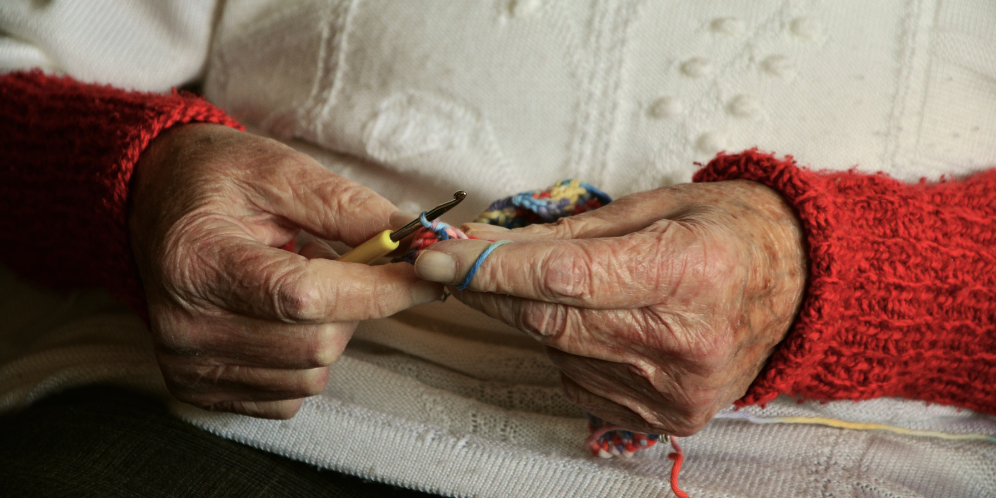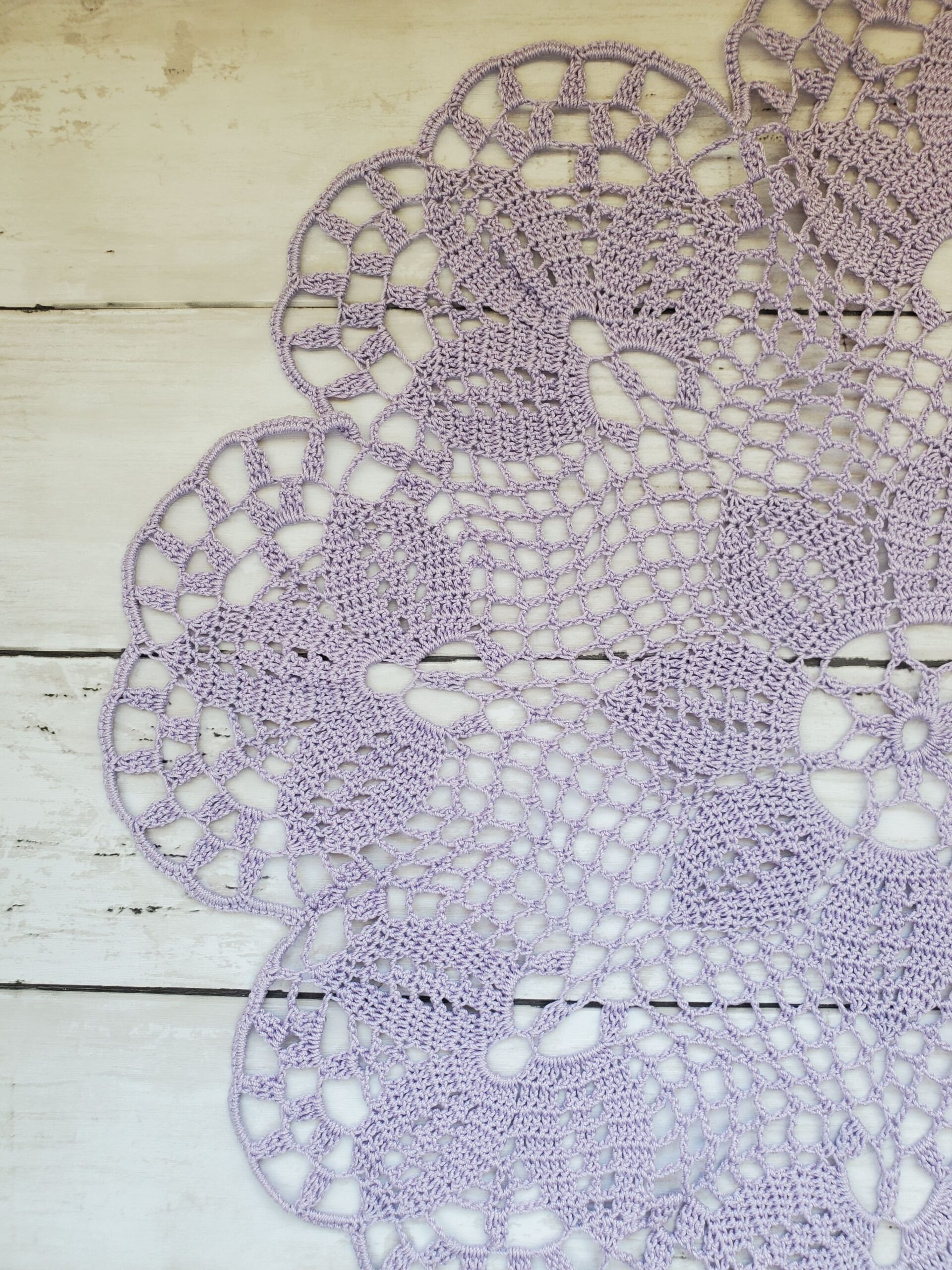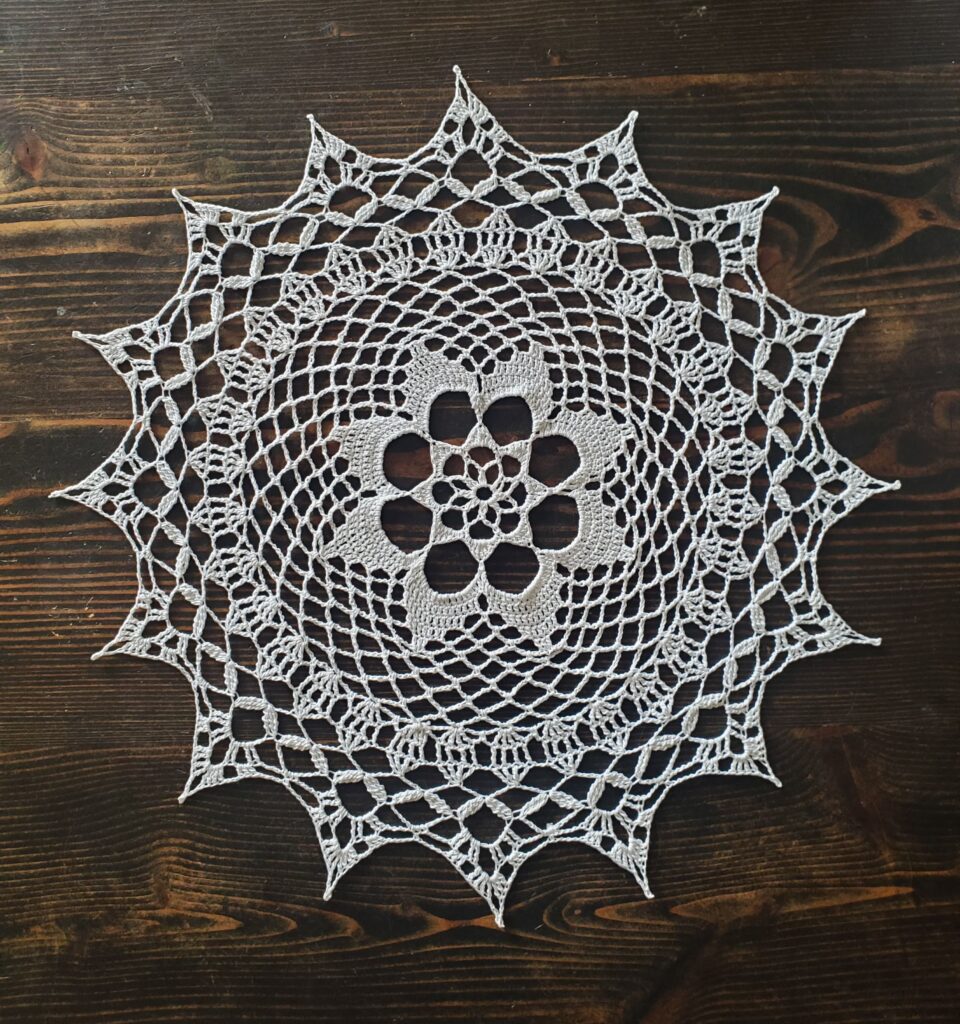How to Crochet With Parkinson’s Disease
Crocheting can be a fun and fulfilling hobby, but for those facing the challenges of Parkinson’s disease, it may require a few adjustments. In this post, we’ll explore nine valuable tips on how to crochet with Parkinson’s disease in order to make it more enjoyable and easier to navigate.
As a nurse who loves to crochet, I have seen patients suffering in varying degrees from the disease. And while I may not have the disease myself, I understand the frustrations that may arise when struggling to use fine motor skills.
This post is not meant to replace any sort of treatment regimen you may be following and please always consult your doctor for questions or concerns.
What is Parkinson’s Disease?
Parkinson’s disease is a neurodegenerative disorder that primarily affects movement control (obviously not great for those who love to crochet!). When certain nerve cells in the brain that are responsible for producing dopamine get damaged or die off, symptoms of Parkinson’s disease can develop. Dopamine is important for coordinating smooth and controlled muscle movements.
Tremors (shaking), stiffness, slowness of movement, and difficulty with balance and coordination are a few symptoms of Parkinson’s disease. Over time these symptoms may progress and impact a variety of activities of daily life for the individual.
Currently there is no cure for Parkinson’s disease, but various treatments including medications and therapies can help with symptoms and improve quality of life for those living with the condition.
Why is Parkinson’s Disease a Challenge for those Who Love to Crochet?
There are several reasons why Parkinson’s disease can pose a challenge to those who enjoy crocheting:
- Fine Motor Skills Impairment: Parkinson’s disease can affect fine motor skills, which makes it difficult for performing detailed hand movements and holding yarn.
- Tremors: Tremors are a common symptom and can cause involuntary shaking of the hands, which makes it hard to maintain tension and control while crocheting.
- Stiffness and Rigidity: Parkinson’s disease may lead to stiffness and rigid muscles, which makes fluid movements in the wrist difficult to do.
- Fatigue: Those with the disease may find that they fatigue more easily. Crocheting for extended periods may exacerbate this fatigue, requiring frequent breaks.
- Reduced Grip Strength: Holding crochet hooks and the yarn requires a little bit of grip strength, Parkinson’s can reduce this strength, making it hard to hold onto crochet hooks and yarn appropriately.
- Cognitive Challenges: Some people may experience cognitive decline with Parkinson’s disease, which affects their ability to follow complex crochet patterns or they may experience difficulty in remembering steps in the patterns.
Despite these challenges, many people with Parkinson’s disease can experience a sense of accomplishment and enjoyment in continuing to crochet. Let’s explore a few ways that those with the disease can make crocheting easier to do and more enjoyable.
Related Posts:
Please note that some of these links may be affiliate links. That means that if you click on these links and make a purchase, I may receive a commission at no extra cost to you. You can find more information about our disclosure policy here. Thank you for your support.
1. Use weighted crochet hooks
Weighted crochet hooks will help with grip strength, as holding light objects (like silverware for example), can be difficult. Ergonomic crochet hooks might be helpful, but may not give the longest or the best support. Try using a weighted crochet hook like this one for crocheting with Parkinson’s disease.
2. Crochet with bulky yarn
Using thicker or bulkier yarn can help relieve the burden of using fine movements required to hold on and move the strands around. You can also try to double stranding smaller yarn sizes if a bulky yarn size isn’t available.
3. Try a ring hook
Try using a ring hook for crocheting with Parkinson’s disease. A ring hook can help reduce the amount of grip strength that is needed to hold the yarn and keep a consistent tension. However, depending on the severity of the disease, an individual may need assistance placing the yarn through the hook in the beginning.
4. Use a support pillow
If a person wit h Parkinson’s disease finds themselves struggling with holding the yarn and the crochet project at the same time, they may benefit from using a support pillow under the arms. The extra support will help with tremors and holding the fabric. As silly as it sounds, using a breastfeeding pillow may be helpful, as these pillows are made with the idea to support the arms, or try using a pillow or two under both arms.
5. Continue taking medication as prescribed
Many people with Parkinson’s disease find relief in some of their symptoms with medication. Taking your medication as prescribed by your medical doctor can help reduce tremors and other symptoms that make it difficult to crochet.
6. Eat well and exercise
A well balanced and nutritious diet, as well as regular exercise play a crucial role in managing Parkinson’s disease. Try eating a variety of fruits and vegetables, lean protein, healthy fats, and calcium rich foods. Stay hydrated by drinking plenty of water, and cut out processed foods. Exercise can help improve mobility, coordination, and reduce rigidity.
7. Take breaks
Pacing yourself and taking breaks helps avoid fatigue. Try performing stretching exercises during breaks to help alleviate any stiffness.
You can try wrist flexion and extension stretches, rotating your forearms back and forth (think like giving someone a thumbs up and a thumbs down), or spreading the fingers apart with a resistance band.
8. Know your limits
Depending on the progression of the disease, you may be able to crochet larger or more complex projects.
However, if you find yourself getting frustrated, it’s ok to crochet small, simple projects. Try picking out crochet patterns that use one type of stitch.
Small, simple crochet patterns include:
- Coasters
- Washcloths
- Bracelets
- Scrunchies
- Headbands
- Face Scrubbers
9. Be patient with yourself and stay positive
Be patient with yourself and try to keep a positive mindset. It’s easy to despair and focus on the negative aspects of the disease. Celebrate your progress and the little wins in life.
Also try to do 3 things that make you happy every day. Staying happy can help you maintain a positive outlook. This can include activities like:
- Socializing and engaging with others
- Going outside and walking in the sunshine
- Listening to your favorite music or podcast
- Enjoy a favorite snack or beverage
- Reading a book or watching your favorite TV show
I hope you enjoyed these tips on how to crochet with Parkinson’s disease. From using weighted crochet hooks to knowing your limits, these are all ways that can make crocheting much more enjoyable.
Remember that even though these tips may help you to crochet, it’s important to consult your doctor or healthcare team if you have any questions or concerns about your condition.
And if you find yourself still struggling and frustrated crocheting with Parkinson’s disease, it’s ok to put the hook and yarn away for a while.

















